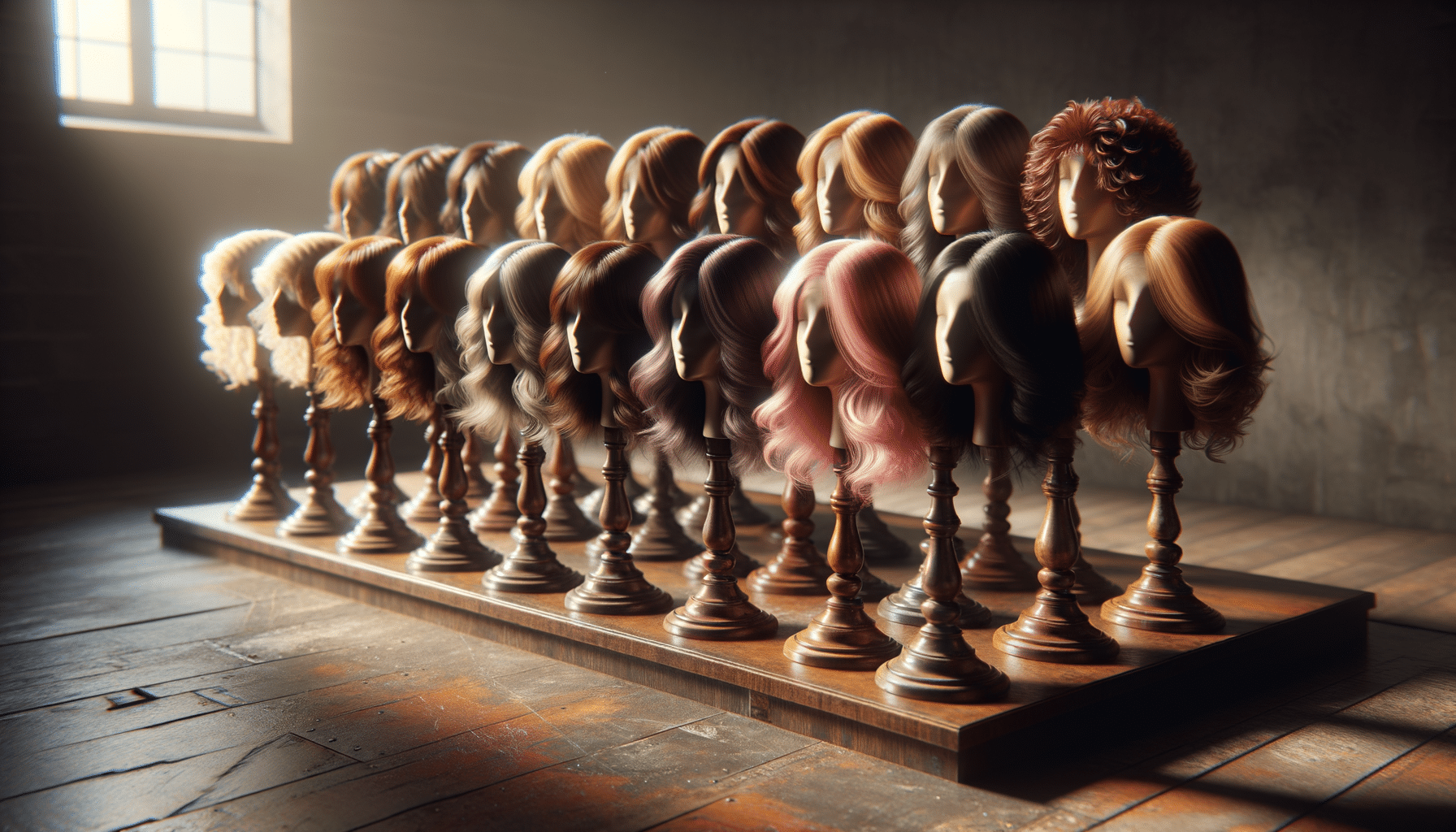
Exploring Human Hair Wigs for Older Women
Introduction to Wigs for Older Women
As women age, hair loss or thinning can become a common concern, and finding solutions to maintain a sense of style and confidence is vital. Hair wigs offer a versatile and practical solution for older women looking to enhance their appearance. These wigs not only provide a way to experiment with different hairstyles but also restore a sense of normalcy and self-assurance. In this article, we will explore various aspects of hair wigs for older women, from the benefits they offer to the types available, and how to choose the perfect one to suit individual needs.
Benefits of Wearing Wigs
Wearing wigs can offer numerous benefits for older women, making them a popular choice for those experiencing hair loss or thinning. Here are some key advantages:
- Versatility: Wigs allow for easy experimentation with different styles, colors, and lengths without the commitment or damage associated with dyeing or cutting real hair.
- Convenience: With busy schedules and lifestyle changes, wigs offer a quick and easy solution to achieving a polished look without the need for extensive styling.
- Confidence Boost: For many older women, a full head of hair can significantly boost self-esteem and confidence, allowing them to feel more comfortable in social settings.
- Protection: Wigs can protect natural hair from environmental damage and styling tools, promoting healthier hair growth.
These benefits make wigs an attractive option for older women seeking to maintain or enhance their appearance.
Types of Wigs Available
When it comes to selecting a wig, there are several types to consider, each with distinct characteristics:
- Synthetic Wigs: Known for their affordability and low maintenance, synthetic wigs are an excellent choice for those new to wearing wigs. They maintain their style even after washing and require minimal styling.
- Human Hair Wigs: Offering a natural look and feel, human hair wigs can be styled just like natural hair. They tend to be more expensive but provide superior versatility and durability.
- Lace Front Wigs: These wigs feature a lace front that creates a natural-looking hairline, allowing for various styling options, including pulling the hair back from the face.
- Monofilament Wigs: Designed with a thin, breathable fabric that mimics the scalp, monofilament wigs offer a realistic appearance and are ideal for those with sensitive scalps.
Understanding the different types of wigs available can help older women make informed decisions based on their preferences and needs.
Choosing the Right Wig
Selecting the perfect wig involves considering several factors to ensure comfort and satisfaction:
- Face Shape: Different wig styles complement various face shapes. For instance, longer wigs can elongate round faces, while layered styles add volume to oval faces.
- Skin Tone: Choosing a wig color that complements one’s skin tone can enhance the overall appearance. Warm undertones pair well with golden hues, while cool undertones suit ashier shades.
- Lifestyle: Consider how often the wig will be worn and the level of maintenance one is willing to undertake. Synthetic wigs require less upkeep, while human hair wigs offer greater styling flexibility.
- Comfort: Ensure the wig fits comfortably and securely. Adjustable straps and breathable materials can enhance comfort, especially for extended wear.
By taking these factors into account, older women can find a wig that not only looks great but feels great too.
Conclusion: Embracing Change with Confidence
In conclusion, hair wigs present a wonderful opportunity for older women to explore new styles and regain confidence in their appearance. With a variety of options to choose from, including synthetic and human hair wigs, women can find the perfect fit for their lifestyle and preferences. The ability to change hairstyles with ease allows for a sense of freedom and self-expression that can be incredibly empowering. By embracing wigs, older women can confidently navigate the changes that come with aging while maintaining a sense of style and individuality.


